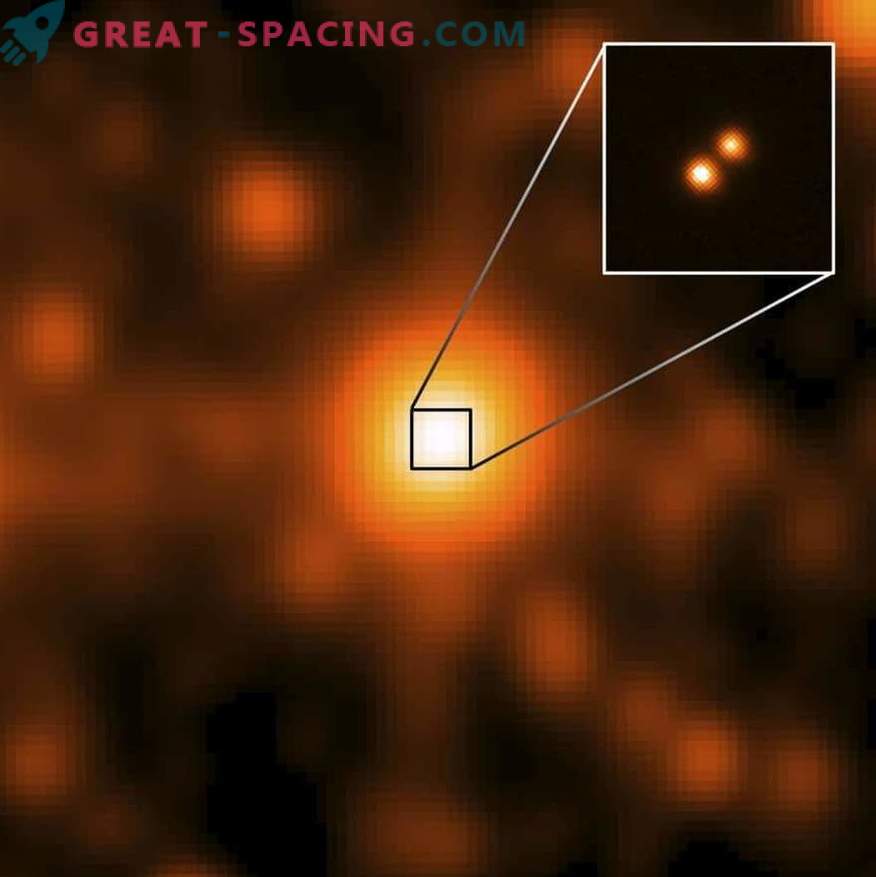
Scientists have discovered signs of the presence of exoplanets in a nearby star system. If this information is confirmed, this exoplanet will be one of the closest to us from ever discovered so far.
The star system is a little more than six light-years away and consists of two brown dwarfs. It is so close that the signal from the 2006 television broadcasts is currently there.
The brown dwarf system is called Luhman 16AB and the official classification is WISE J104915.57-531906. It is a little further than the star Barnard, a red dwarf discovered in 1916. It is located from our Sun at a distance of six light-years.

Luhman 16AB
The closest star system is Alpha Centauri, whose two stars are located at a distance of four and a half light years. One of these stars has the planet Alpha Centauri Bb. At the moment it is she who carries the title of the closest to our system. Brown dwarfs were spotted using the NASA WISE spacecraft, which made about 1, 8 million images of galaxies, stars and asteroids during its thirteen-month mission.
Brown dwarfs are more planets, however, their mass is too small to start nuclear fusion in their core. For this reason, they are sometimes called failed stars.
A team of scientists from the European Southern Observatory under the supervision of Henry Boffin conducted a detailed study of our newly found neighbors.
For astronometric measurements of objects, the group used the capabilities of the Very Large Telescope, located in Paranal in Chile. (Astrometry includes tracking the exact movement of stars in the sky).

Comparative sizes of brown dwarfs
Scientists were able to measure the positions of these stars with high accuracy to several milliseconds in angular seconds. This is similar to if one could measure an object located in New York from Paris with an error of only 10 centimeters.
Scientists have determined that the mass of both stars is at least 30 times the mass of Jupiter. (1000 masses of Jupiter are equivalent to the mass of our Sun). Due to the fact that their mass is so small, the period of revolution of one star around another takes about 20 years. During the observations, the Boffin team also found minor irregularities in the orbit of these objects. They assume that this is due to a third object, whose orbit lies around one of the brown dwarfs.
Further observations should confirm or disprove the existence of the planet. However, it is possible that Luhman 16AB may be a system of three stars.
The presence of exoplanets in brown dwarfs is a rare occurrence. To date, only eight exoplanets have been found in these types of stars. They were found using microlensing and direct imaging techniques. In the case of Luhman 16AB, for the first time, a potential planet was discovered using astrometry.











































